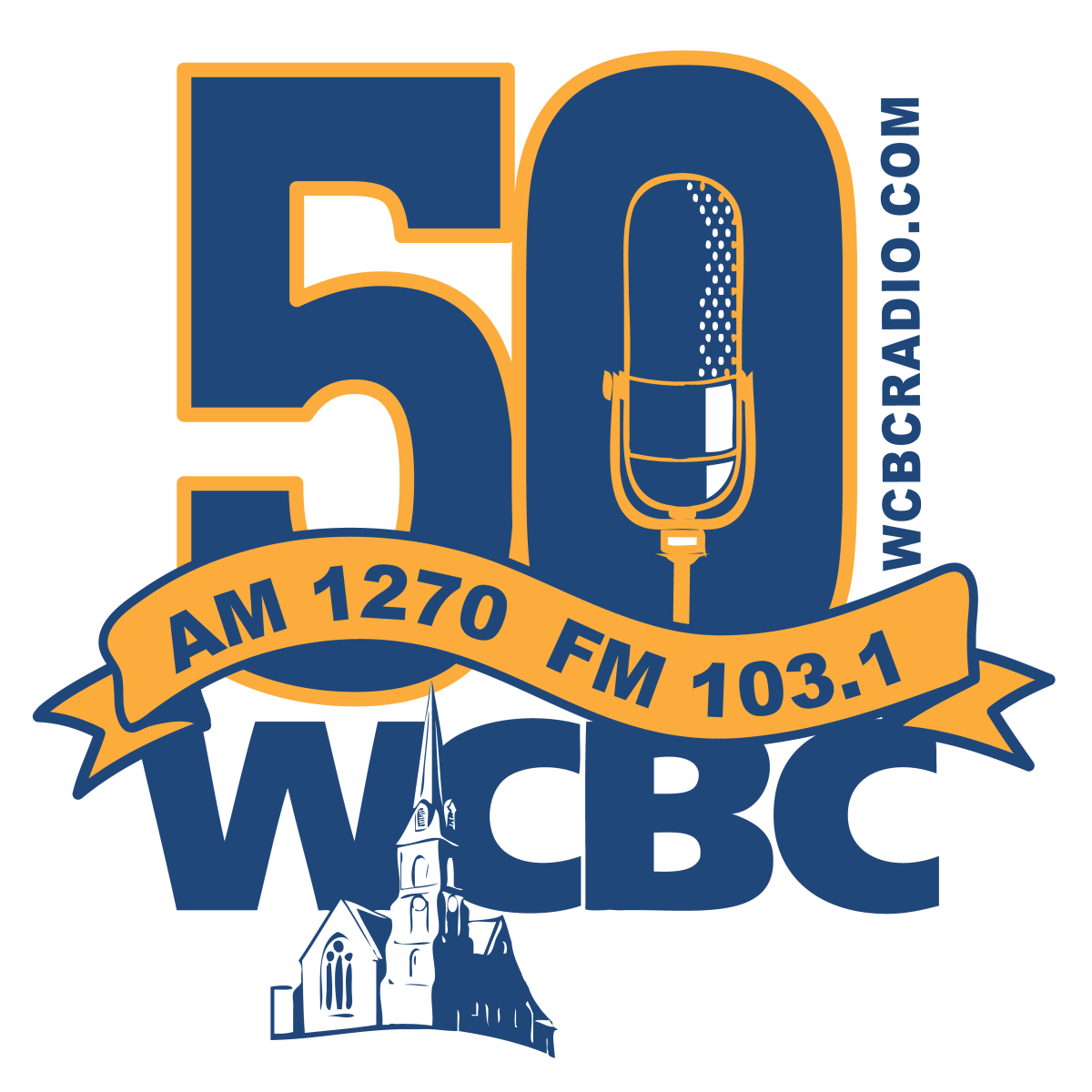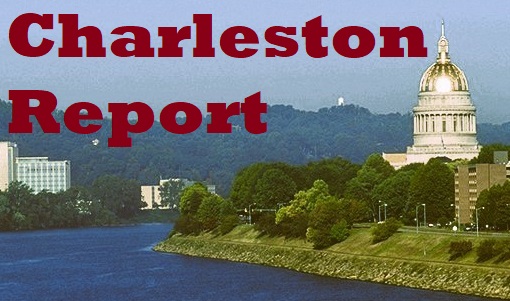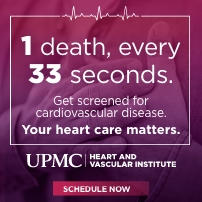June 23rd, 2021 by WCBC Radio
Comptroller Peter Franchot today hosted the second meeting of the Comptroller's Workgroup on Pandemic Spending.
Representatives from the state's Commerce and Housing and Community Development departments told the panel that the largest chunks of aid supported small businesses and rental assistance initiatives.
"These two agencies are the largest disbursers of pandemic relief," Comptroller Franchot said. "Their presentations today provided valuable insights into how state and federal dollars were distributed, which industries and jurisdictions were prioritized, and how far those dollars went as our residents, families and businesses were battered by the pandemic."
The Department of Commerce has administered hundreds of millions of dollars in grants and loans to thousands of small businesses across the state, said Sarah Sheppard, the agency's director of Education and Workforce. About 14,000 small businesses with less than 50 employees received grants of up to $10,000, with the largest concentration in Montgomery and Anne Arundel counties, and Baltimore City. Companies providing health care, social services and the hospitality industry were the most common recipients of grants or loans, the latter of which have since been converted to grants.
Commerce also paid out $12.1 million through the Maryland State Arts Council to assist various arts organizations, independent artists, county arts agencies, and Arts & Entertainment Districts. Another $4 million went to manufacturers who ramped up or initiated production on personal protective equipment (PPE) or other critical needs items. Restaurants and hotels also have been big recipients of pandemic aid with more than $100 million earmarked for eateries and about $60 million dedicated to lodging establishments.
Comptroller Franchot expressed concern on how the Department of Commerce distributed funds across Maryland’s jurisdictions. He noted that Prince George’s County appeared to receive less money than other counties, despite being the state’s second most populous jurisdiction. He also highlighted that Prince George’s had nearly an identical number of applications for assistance as Montgomery County, but received half as much in state aid.
“That’s $26.2 million, or 2,646 awards, for Montgomery County, versus $12.5 million, or 1,270 awards, for Prince George’s County,” he said.
The Comptroller pointed out that when calculating all of Commerce’s payments for recipients by jurisdiction, Prince George’s County and Baltimore City received much less funding than their neighboring jurisdictions, Montgomery and Baltimore counties, respectively:
- Prince George’s received $13.3 million, compared to Montgomery County’s $28 million;
- Baltimore City received $16 million, while Baltimore County received $24 million.
In addition, Comptroller Franchot questioned the distribution of grants and loans by industry measured against those same industries’ jobs losses.
For example, the professional, scientific and technical service industries received 13 percent of all Commerce funds, although the industry accounted for only about 3 percent of job losses in Maryland. In contrast, the food services sector received 17 percent of Commerce funds, but sustained nearly 33 percent of all job losses in the state.
Robyne Chaconas, the Department of Housing and Community Development’s (DHCD) chief of staff, told the workgroup that DHCD has administered more than $1.78 billion of pandemic-related funding, with more than 70 percent coming from the American Rescue Plan Act, which was signed into law in March 2021. Most of the nearly $500 million in rental assistance aid derives from legislation passed since January 2021. Other big chunks of money were allocated toward homeowners facing financial hardship, nonprofit organizations, entertainment venues and broadband expansion efforts, Ms. Chaconas said.
Comptroller Franchot asked how quickly Rental Assistance Program funds were being disbursed since many Marylanders remain unemployed and many are still experiencing challenges in receiving unemployment benefits. He also questioned how much funding went toward rental assistance compared to mortgage assistance and how much went to small landlords versus large landlords.
The Comptroller expressed concern that of the more than $258 million that Maryland received for rental assistance, only $286,861 has been expended to date. He also questioned why nearly $17 million of state funding went to out-of-state recipients.
Local governments are receiving a significant amount of the federal dollars that are flowing through DHCD and Comptroller Franchot asked what the Department’s plan was to ensure that local governments are distributing those funds expeditiously and what reporting requirements, if any, the Department is requiring from local government.
Comptroller Franchot formed the workgroup in April after the Maryland General Assembly tasked the agency with submitting quarterly reports on the distribution and expenditure of federal and state pandemic-related spending. In addition to performing a full inspection on the billions of dollars that flowed into and through state coffers, the panel will determine if funds were received by intended recipients most in need, examine disparities in distribution and look into possible cases of predatory fraud and pandemic profiteering

















